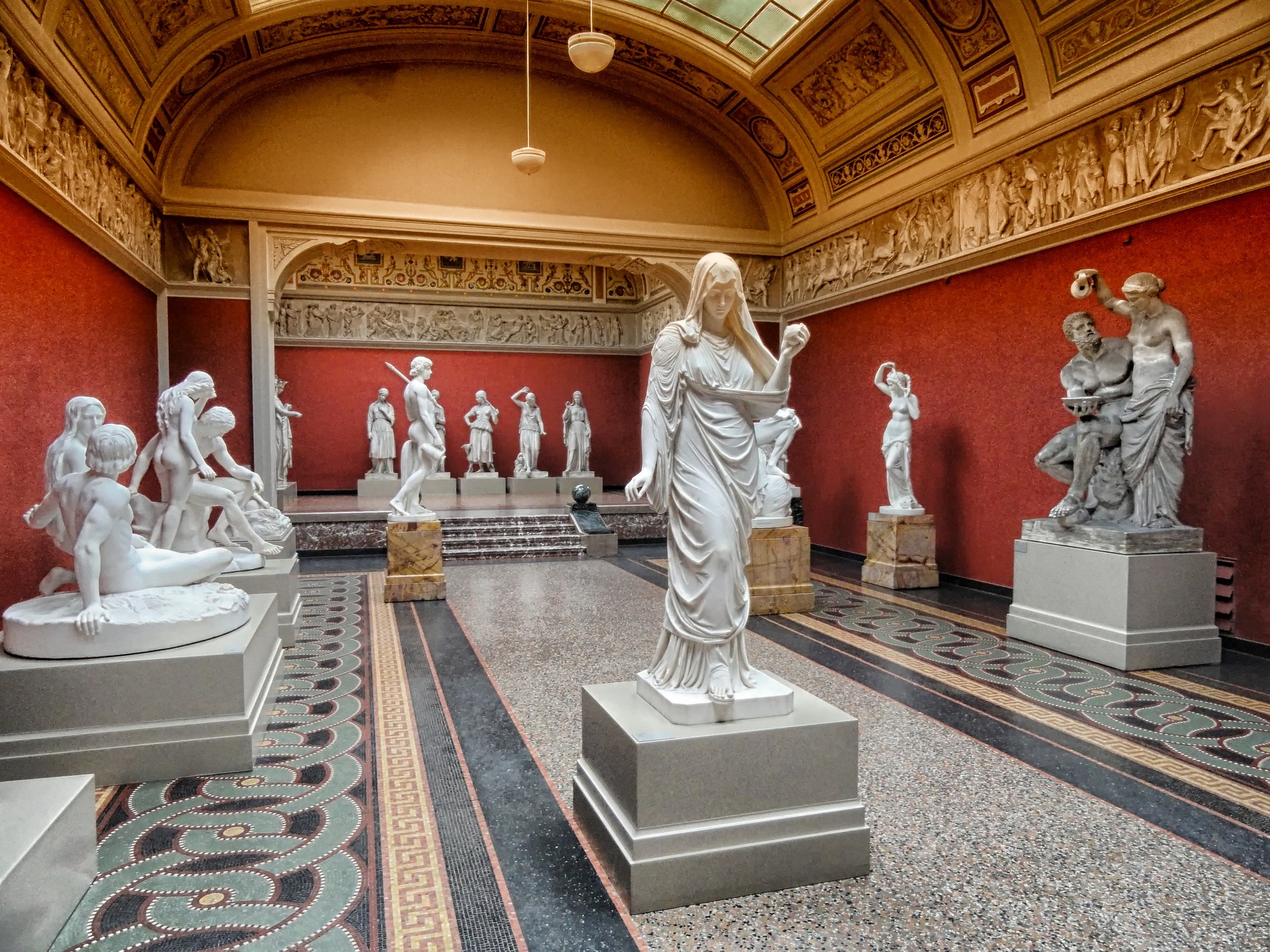Pioneering the Virtual Stage: The Thriving World of Digital Theater
Introduction: Delve into the captivating realm of digital theater, a rapidly evolving art form that's transforming how we experience performances in the age of technology. Theater has been a cornerstone of cultural expression for centuries, from the grand performances of Ancient Greece to the modern Broadway spectacles. However, the advent of technology has ushered in a new era, giving birth to an innovative form of artistic expression: digital theater. This emerging trend is not a mere response to the constraints of the pandemic, but rather an evolution that has been brewing for years, aptly blending traditional performance art with contemporary digital mediums.

The Advent of Digital Theater
The roots of digital theater can be traced back to the late 20th century, as artists began to experiment with technology’s potential to enhance storytelling. Early pioneers integrated video and audio technologies into their performances, setting the stage for the multimedia spectacles that we see today. However, it wasn’t until the advent of the internet and streaming services that digital theater truly began to take shape.
The Current Landscape
Today, digital theater has evolved into a varied and vibrant sector of the arts. From virtual reality performances that transport viewers into immersive landscapes, to live-streamed plays that bring the stage directly to your living room, the possibilities are boundless. Major theaters around the world have embraced this trend, offering a diverse array of digital productions that cater to an increasingly tech-savvy audience.
Impact and Reception
The impact of digital theater has been significant, both for artists and audiences. For creators, it offers a vast canvas to experiment with innovative storytelling techniques and reach a global audience. For viewers, it provides flexibility and convenience, allowing them to engage with performances beyond the constraints of a physical location. The reception of digital theater has been largely positive, with many lauding it as a democratizing force in the arts.
Future Projections
The future of digital theater is bright, with technology continually broadening the scope of creative possibilities. As virtual and augmented reality technologies evolve, so too will the performative experiences they can facilitate. While it’s unlikely to replace traditional theater, digital theater will continue to exist alongside it, enriching the artistic landscape with its unique offerings.
In conclusion, digital theater is an exciting frontier for the arts, offering new ways to experience, create, and share performance art. Its rise is a testament to the resilience and adaptability of the arts, proving that even in the face of change, creativity thrives.




